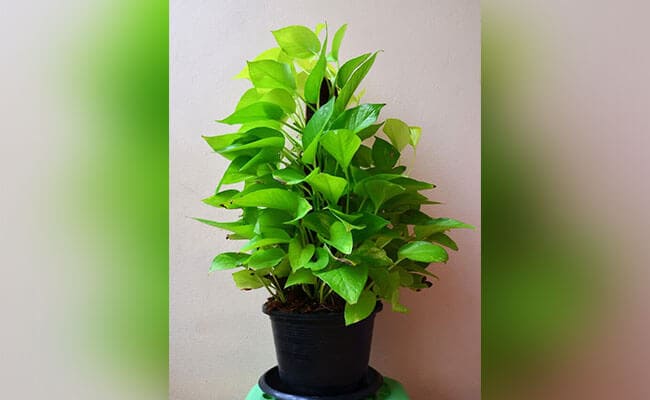The money plant, also known as Pothos or scientifically as Epipremnum aureum, is not just a popular choice for indoor gardening due to its aesthetic appeal, but also for its purported ability to bring good fortune and prosperity. This comprehensive guide will walk you through the essential steps and care tips to ensure your money plant not only survives but thrives indoors.
Ideal Growing Conditions for Money Plants
To achieve optimal growth, money plants require specific environmental conditions. Firstly, lighting plays a crucial role. Money plants prefer bright, indirect light. Direct sunlight can scorch the leaves, while too little light can cause the leaves to lose their vibrant color and turn pale. A spot near a window with filtered light or using sheer curtains to diffuse direct sunlight is ideal.
Watering and Humidity Requirements
Watering is another critical aspect of money plant care. The key is to keep the soil consistently moist, but not waterlogged. Over-watering is a common mistake that can lead to root rot, a deadly condition for many indoor plants. Allow the top inch of the soil to dry out before watering again. Additionally, these plants thrive in high humidity environments. If your home is dry, particularly in winter, consider using a humidifier or placing a water tray near the plant to enhance the ambient humidity.
Proper Soil and Fertilization Techniques
Choosing the right soil mix can greatly influence the health of your money plant. A well-draining, nutrient-rich potting soil is ideal. You can enhance regular potting soil by adding perlite or vermiculite to improve drainage. Fertilization should not be overlooked; feeding your money plant with a balanced, water-soluble fertilizer every 4-6 weeks during the growing season (spring and summer) will promote lush, healthy growth. However, reduce feeding in the fall and winter when plant growth naturally slows.
Pruning and Maintenance
Pruning is essential not just for maintaining size and shape but also for encouraging denser growth. Snip off any dead or yellowing leaves at their stems and trim back any overlong tendrils to keep the plant bushy and full. Regular pruning also stimulates new growth, keeping your plant vibrant and healthy.
Pest Management and Disease Prevention
Money plants are generally hardy but can be susceptible to pests like spider mites and mealybugs. Regular inspections of the underside of the foliage and the junctions of stems can help catch infestations early. If pests are spotted, treat the plant with a neem oil solution or an appropriate insecticidal soap. Keeping the leaves clean by wiping them down with a damp cloth can also prevent many pests and diseases.
Propagation Techniques
One of the most rewarding aspects of growing money plants is their ease of propagation. To propagate, cut a 4-6 inch stem just below a node (the point where a leaf grows from the stem). Remove the lower leaves and place the stem in water or directly into soil. Roots should begin to develop within a few weeks. This is a great way to expand your plant collection or share with friends.
Common Problems and Solutions
Even with the best care, money plants can sometimes encounter issues. Yellow leaves can indicate over-watering or poor drainage, while brown tips might suggest low humidity or fertilization issues. Adjusting your care regimen accordingly can quickly resolve these problems.
Styling Your Space with Money Plants
Beyond their care, money plants can dramatically enhance your living space. Their cascading vines make them ideal for hanging baskets or as shelf toppers where they can elegantly drape down. Alternatively, use a sturdy trellis to guide their growth for a more structured look. Their lush greenery can bring a refreshing touch of nature indoors.
Conclusion
Caring for a money plant indoors involves more than just watering and placing it by a window. It requires understanding its preferences for light, water, humidity, and nutrients. With proper care, your money plant can grow to become a stunning green addition to your home, bringing with it a sense of peace and natural beauty.


